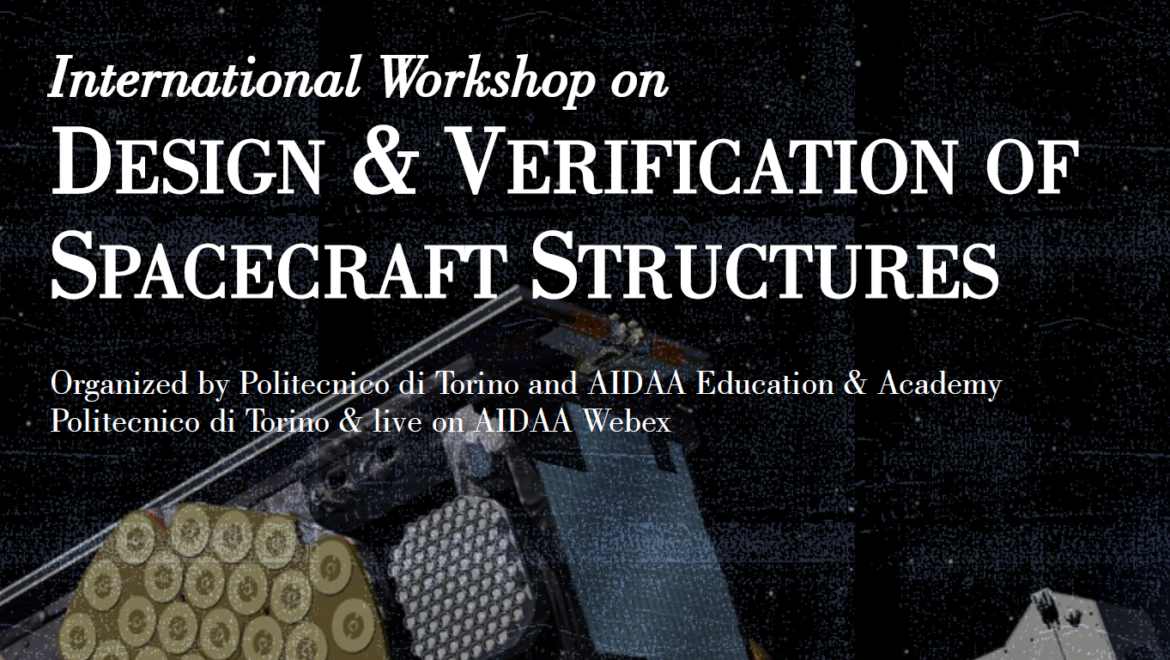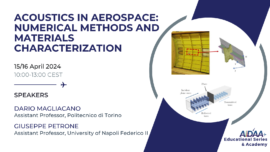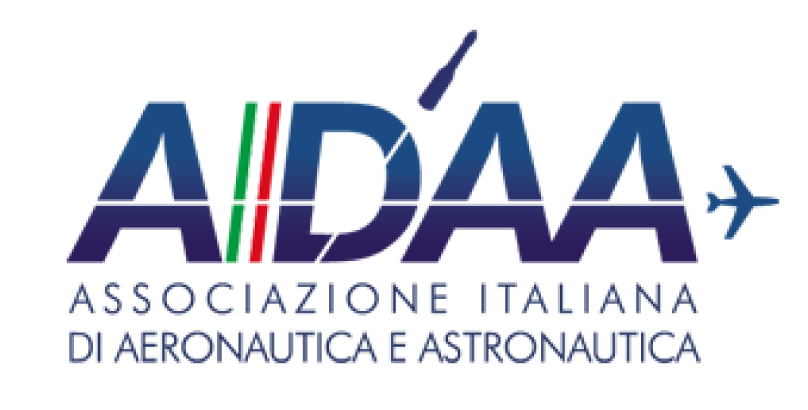Introduction to peridynamics
Introduction to peridynamics
10-13 July 2023
Overview and General Information:
The nonlocal peridynamic theory provides the capability for improved modeling of progressive failure in materials and structures. This course starts with an overview of the Peridynamic (PD) theory and derivation of its governing equations based on the balance laws of classical continuum mechanics. Subsequently, it presents derivation of the PD differential operator (PDDO) which enables the PD form of the governing equations of classical continuum mechanics. This course presents not only the theoretical basis but also its numerical implementation for the solution of governing field equations.
Learning Objectives:
The primary objective of the course is to acquaint students with the concept of PD, and derivation of the bond-based and state-based PD equilibrium equations through the Euler-Lagrange equations. Also, it acquaints the students with the derivation of PD differential operator, and its use in the construction of governing equations for elastic and elastic-plastic material response as well as the coupling of PD with the finite element analysis.
Participation
You need to buy one of the package list available here and use the Order ID assigned to you after purchase.
You need to Login for registration.














